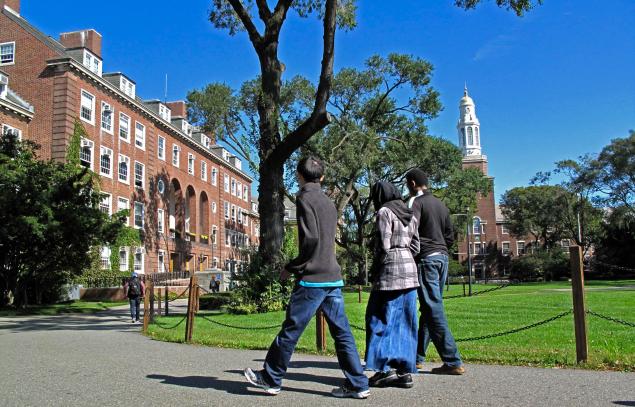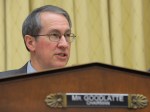WASHINGTON (AP) — With college costs continuing to rise, more students are receiving federal financial aid, though state and institutional aid remains largely flat
Videos by Rare
Data released Tuesday by the National Center for Education Statistics, a branch of the U.S. Department of Education, shows 71 percent of all undergraduate students received some type of financial aid in the 2011-12 school year, up from 66 percent four years earlier.
Forty-two percent of students received federal grants, up from 28 percent, and 40 percent received federal loans, an increase of 5 percentage points.
Meanwhile, 15 percent received state grants and 20 percent received a grant from the college or university they attend – figures that have remained essentially unchanged since the 2007-08 school year.
Among full-time, dependent students, access to state grants actually declined, from 29 percent to 26 percent.
“I think these last four years were very tough for states, and certainly we weren’t surprised,” said Jack Buckley, commissioner of the NCES.
The data comes just weeks after President Barack Obama signed a law restoring lower interest rates for millions of college students. The law links student loan interest rates to the financial markets, meaning rates will be lower this fall because the government can borrow money cheaply at this time. However, student loans could become more costly if the economy continues to improve, and interest rates increase.
The law covers an estimated 18 million loans totaling some $106 billion.
The new NCES data shows that college costs are still going up: In-state tuition at community college jumped almost 6 percent, to an average of $3,131 last year; in-state tuition at a public, four-year college averaged $8,655, up 5 percent; and private, four-year school tuition and fees averaged $29,056, a 4 percent increase.
Those figures, however, cover only part of college costs. According to a College Board survey, the price of housing and food is even higher than tuition for in-state students at public universities. With the added costs of food, housing, books, supplies and transportation, the total cost to attend an in-state public college was $17,860 last year.
“Increasing federal student aid alone will not control the cost of college,” Education Secretary Arne Duncan said. “All of us share responsibility for ensuring that college is affordable.”
Duncan said the new data “is a reminder that we need state policymakers and individual colleges and universities to do their part in taking action against rising college tuition.”
The average student received $10,800 in aid in 2011-12, up from $9,100 in 2008-09, according to NCES. That includes federal and state grants and loans, plus work-study jobs and veterans’ benefits.
On average, student grant awards totaled $6,200, compared to $4,900 four years before. The biggest increase was in Pell Grants, which provide aid to low-income students: Forty-one percent of all undergraduates received a Pell Grant, up from 27 percent.
Pell Grant awards were increased during Obama’s first term, but they still cover less than one-third the cost of a four-year public college. By contrast, they covered 69 percent of costs in 1980.



